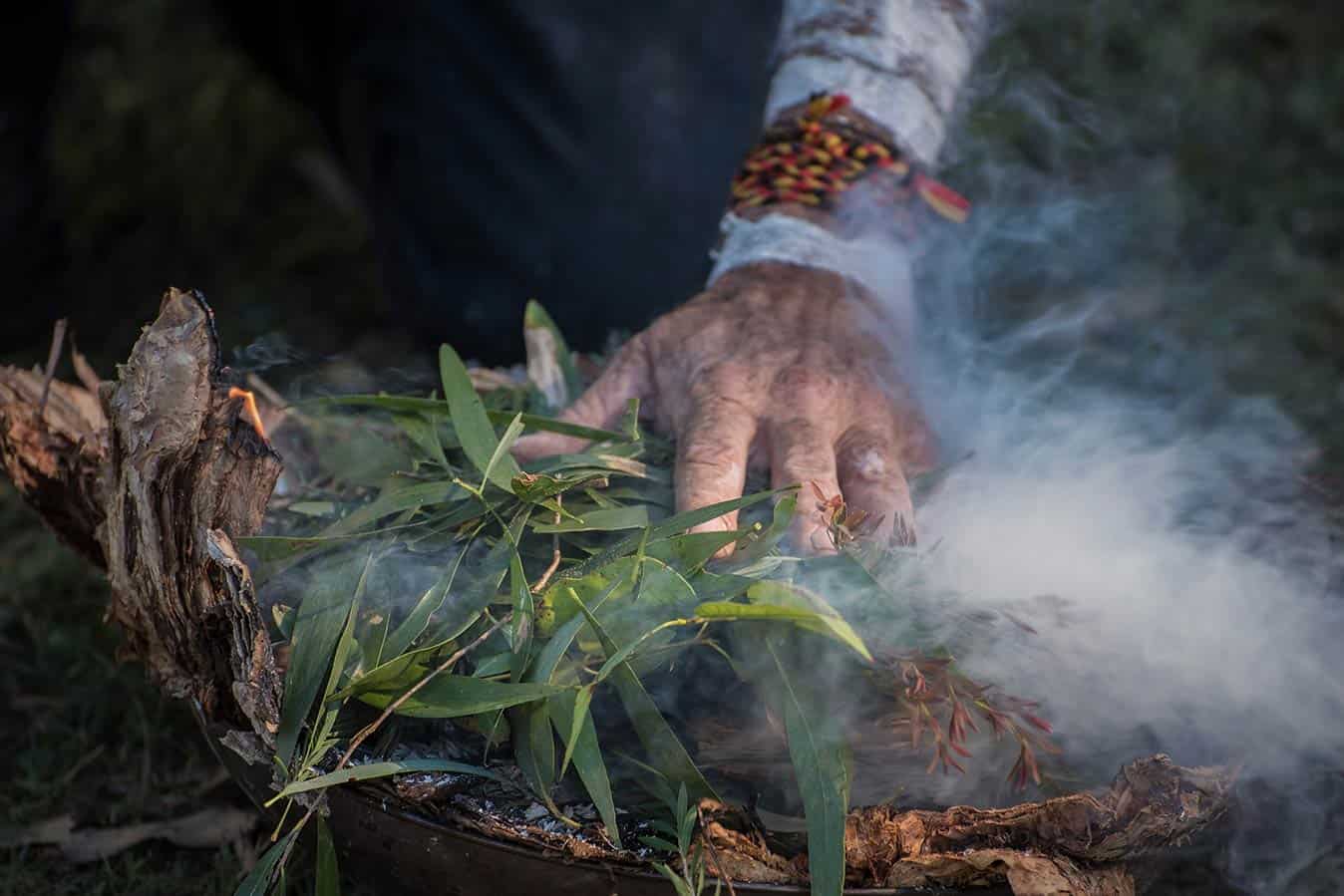Faye Clarke, a Gunditjmara, Wotjaboluk and Ngarrindjeri woman and ANMF Aboriginal Nurse Adviser talks to the ANMJ about the importance of welcome and acknowledgement of country.
One of the small things nurses and midwives can do is to acknowledge, pay homage or show respect to Aboriginal and Torres Strait Islander people when participating in or attending conferences or meetings, says Faye Clarke.
Doing a Welcome to and Acknowledgement of Country is an initial base step, says Ms Clarke.
A Welcome to Country and Acknowledgement of Country are two different things. A Welcome to Country occurs at the beginning of a formal event and can include song, dance, and smoking ceremonies. A Welcome to Country is delivered by Traditional Owners or Aboriginal and Torres Strait Islander people who have been given permission from Traditional Owners to welcome visitors to their country.
“I could not do a Welcome to Country if I am not from this country. Where it’s done well, often an organisation has the right connections with the right elders, particularly if they have an existing relationship with the elders and continually work together. For national events held from capital city to capital city that’s not always the case,” says Ms Clarke.
The difference in the quality of a Welcome to Country can rely on time, preparation, relationship with the traditional elders, and the delivery. “It comes down to the planning and forethought. This includes if the elder is given a briefing about the conference and/or understands what the conference is about,” says Ms Clarke.
Anyone can do an Acknowledgment and show respect for Traditional Owners and connection of Aboriginal and Torres Strait Islander peoples to country, says Ms Clarke.
“It used to be that any Aboriginal person present could be asked to do it. Thankfully that’s lessening. It is much more respectful and honouring if the MC of an event or the person chairing a meeting does the Acknowledgment. As an organisation we are honouring the traditional owners this way. It’s about the essence and saying it respectfully. Who they are and mention their names and practice how you say it.”
What people do themselves when they stand up and acknowledge the Traditional Owners and land is their own personal view and expression, says Ms Clarke.
“It does mean something more personal. They are saying: ‘I am with you’. You can as a health professional encourage and role model by showing that respect.”
By doing an Acknowledgement, it means you’ve thought about it and even better if you add depth, says Ms Clarke. “As nurses and midwives we can acknowledge the disparities around health.”
A Welcome to and Acknowledgement of Country is bigger than just saying some words like please and thank you, argues Ms Clarke. “It’s more than that. It’s important to do it with proper commitment, knowledge and heart.”
The essence of the Welcome to and Acknowledgement of Country is the permission and welcome to come on to land.
“We welcome, acknowledge and pay respect to that. In the day, you did not just come on to someone else’s country unless you had permission. Those people would have to grant permission and be welcomed by the elders,” says Ms Clarke.
Historically it was on the borders of the country, generally the hilly parts or the rivers or landmarks identified as the borders.
“If people came on to country on top of a hill they would light a night fire and someone would go up to see them and invite them to country. Generally it was a fire to signal their arrival and seeking permission to come on to country. It might be for trade, connections, or relations with neighbouring tribes.”
It’s the equivalent of what we do today, Ms Clarke says. “We do not drop in to the neighbour’s house, we knock on the door.”
There is also the strong spiritual side of the Welcome to and Acknowledgement of Country.
“We come in and have a very strong awareness that our ancestors are with us and are still watching over their own land,” says Ms Clarke.
“When going to a different country Aboriginal people will acknowledge in their minds or silently to themselves and perhaps perform a physical act, throw a bit of dirt, toss some soil into the water or some method to acknowledge they are on someone else’s country. Some way of honouring the land and the ancestors.”
Including recognition of Aboriginal and Torres Strait Islander people in events, conferences and meetings acknowledges the First Australians or First Nations people and custodians of the land. “It’s just one thing that shows Aboriginal and Torres Strait Islander people you care,” says Ms Clarke.








